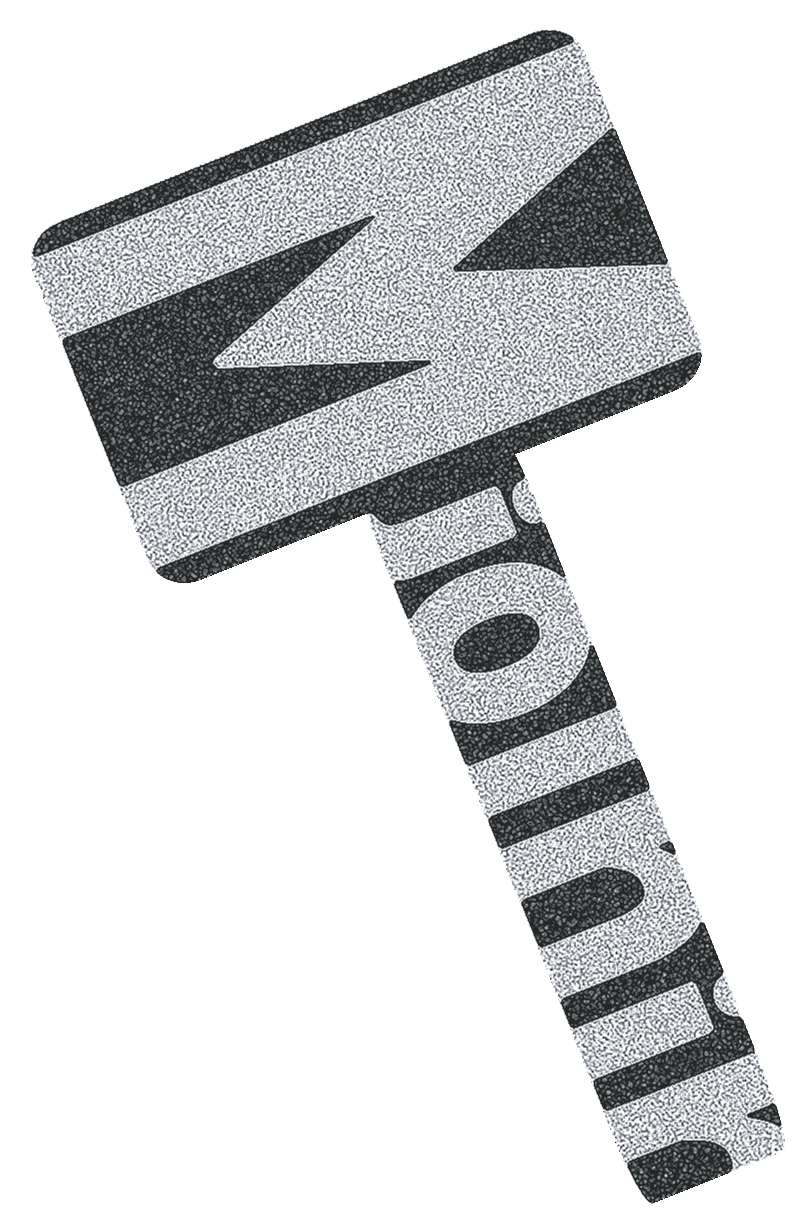Mjolnir: why the name?
A powerful tool, transparent in use

One that has to be deserved, though
Mjolnir is also a fictional weapon of the superhero Thor in Marvel comics. There, it is again quite powerful: it returns to the exact spot from which it is thrown, it may summon the elements of storm, open interdimensional portals, etc. No living being may lift it unless they are worthy, but "whosoever holds this hammer, if he be worthy, shall possess the power of Thor".
Spelling or pronouncing the name "Mjolnir" is already a challenge for some people... (e.g. it's not Molnir, Mojnir, Mjorlnir or Moljir).
An indirect reference to both Heidegger and Engelbart
Heidegger used the hammer example to explain the difference between ready-to-hand (when one uses it transparently) and present-at-hand (when it is unsuited to the task or requires attention).
Chuck Thacker, project leader of the Xerox Alto, reportedly described Douglas Engelbart's 1968 demo by saying "he sat on stage for an hour and a half dealing lightning with both hands".
Sources: Wikipedia, the Marvel Comics Database, "Sein und zeit" and "What the dormouse said"